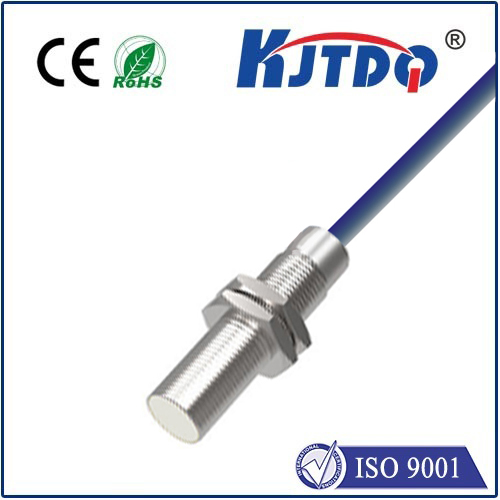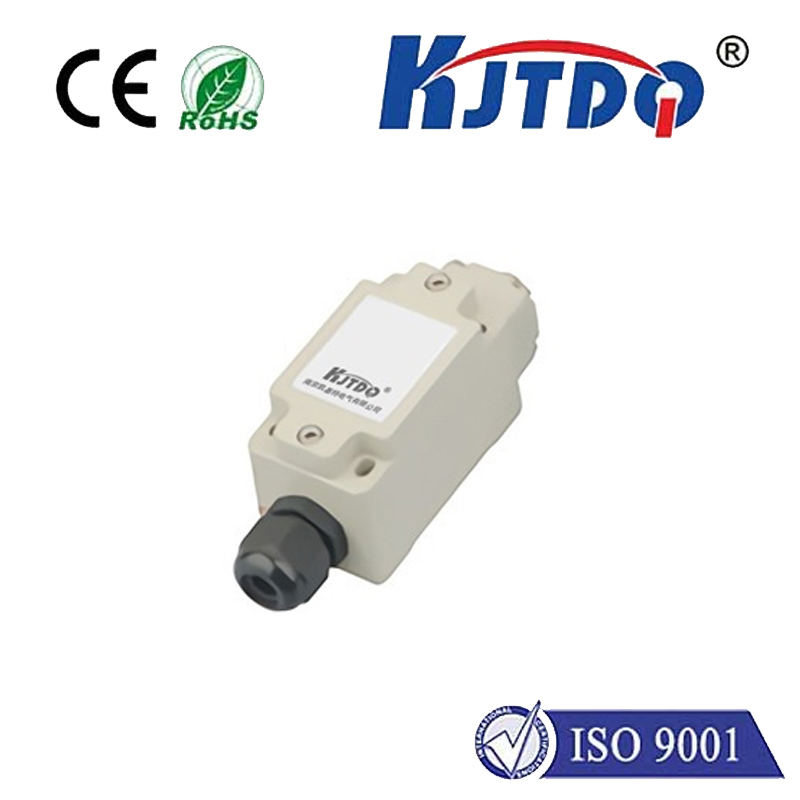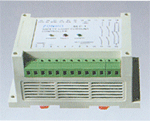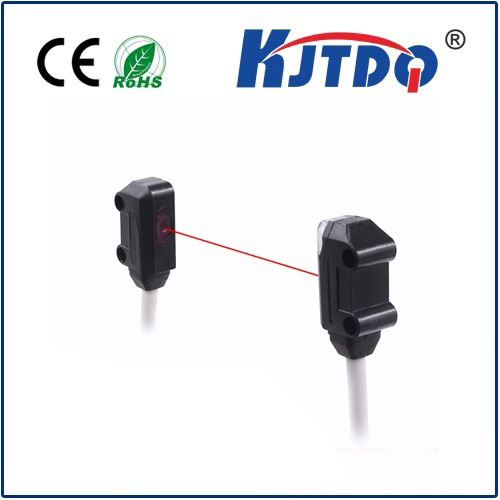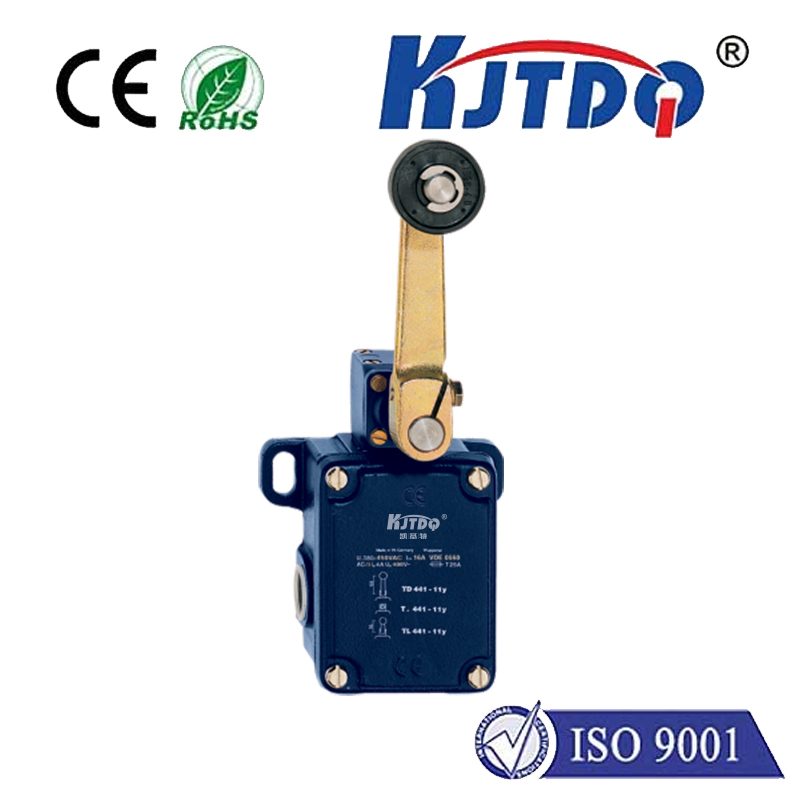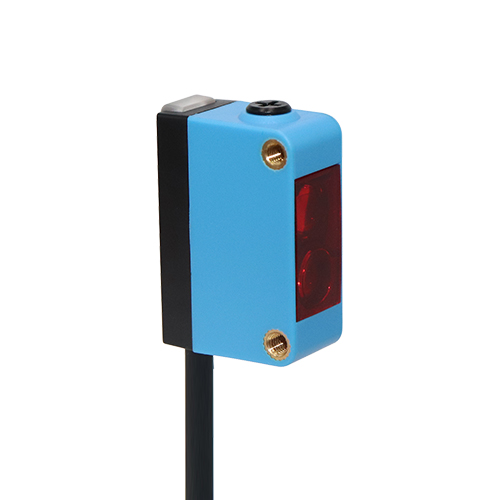
check

check

check

check
The Role of a Push Type Limit Switch in Industrial Automation
As industrial automation continues to advance, the need for precise control and monitoring systems becomes increasingly important. One component that plays a crucial role in this process is the push type limit switch. This article aims to explore the significance of push type limit switches in industrial automation.
A push type limit switch is a device used to detect the presence or absence of an object within its sensing range. It consists of a lever or actuator that is pushed by the object being detected, which triggers the electrical contacts inside the switch. The switch then sends a signal to the control system, indicating the status of the object being monitored.
One of the key advantages of push type limit switches is their simplicity and reliability. Unlike other types of sensors that require complex electronics and software, push type limit switches rely on mechanical components that are less prone to failure. This makes them ideal for use in harsh industrial environments where reliability is crucial.
Another benefit of push type limit switches is their versatility. They can be used to monitor a wide range of objects, from small parts on a production line to heavy machinery in a factory setting. Additionally, they can be customized to meet specific application requirements, such as different actuator sizes and shapes, as well as various mounting options.
In terms of applications, push type limit switches are commonly used in conveyor systems, packaging machines, and material handling equipment. They provide essential functions such as position sensing, counting, and safety interlocking. For example, a push type limit switch can be used to stop a conveyor belt when an object reaches the end of the line, preventing it from falling off or causing damage to downstream equipment.
When selecting a push type limit switch for an application, several factors must be considered. These include the size and weight of the object being monitored, the operating temperature and humidity conditions, as well as any potential sources of vibration or shock. It is also important to choose a switch with the appropriate electrical rating and contact configuration to ensure compatibility with the control system.
In conclusion, push type limit switches play a vital role in industrial automation by providing reliable and versatile sensing capabilities. Their simplicity and durability make them ideal for use in harsh industrial environments, while their customizable features allow them to be tailored to specific application requirements. As technology continues to evolve, it is likely that push type limit switches will continue to be an essential component of industrial automation systems.


